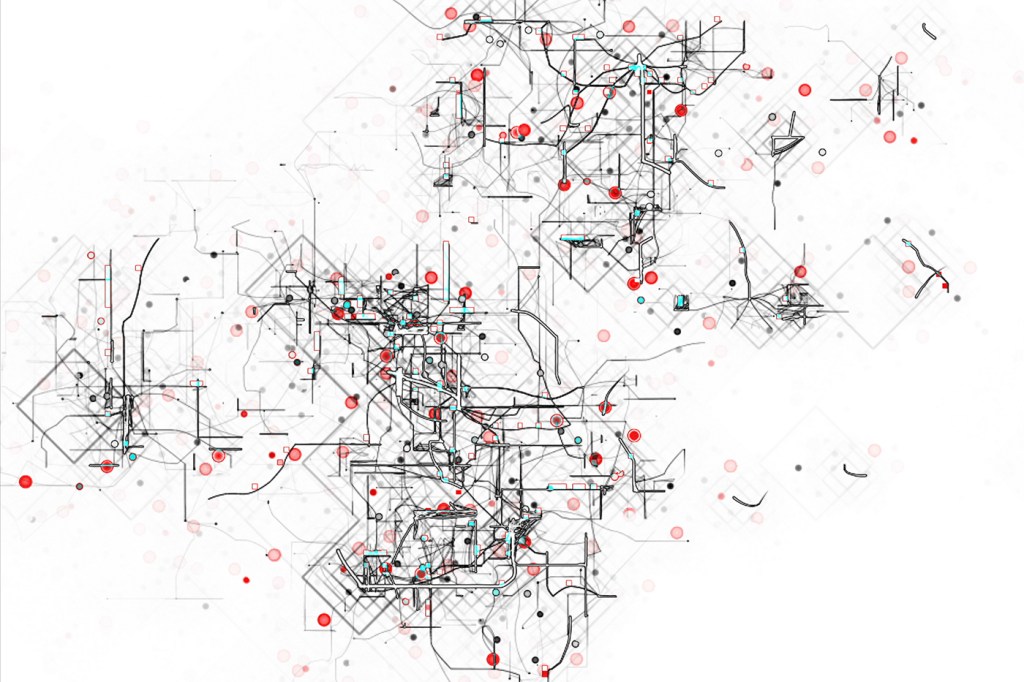COVID-19 test results are getting faster, but not quick enough for contact tracing, survey finds

The average wait time for a COVID-19 test result in the U.S. has decreased by almost two days since the pandemic struck earlier in the year, but it is still not fast enough to conduct effective contact tracing, a new survey by researchers from Northeastern, Harvard, Northwestern, and Rutgers found.

Photo by Adam Glanzman/Northeastern University
The average turnaround time for test results was as long as 4.4 days in March, but had fallen to 2.7 days by September. Prompt test results are one of the key elements of a successful strategy to contain the spread of SARS-CoV-2, the coronavirus that causes COVID-19, the study said.
Researchers examined more than 8,000 U.S. residents who took a nasal swab test—chosen because it is considered more reliable than rapid antigen tests, says David Lazer, University Distinguished Professor of political science and computer and information sciences at Northeastern, and one of the researchers who conducted the study.
Most testing delays can be traced to a lack of testing supplies, as well as to bottlenecks at several national corporate testing laboratories that didn’t have the capacity to keep up in the pandemic’s early going, Lazer says.
Despite the improving wait times, in many cases the turnaround still isn’t nearly fast enough to identify those who test positive and then trace the people with whom they interacted closely, he says.
“Ideally you’d like to work your way through that infection tree with contact tracing, but if it’s a week later or more, then that tree has grown and it’s impossible to even catch up,” says Lazer.
Researchers add that just 56 percent of respondents who tested positive were contacted for tracing purposes. Of those who took part in contact tracing, 37 percent said a state government reached out to them; 28 percent were contacted by their local government, and 25 percent were contacted by a hospital.
While average wait times overall shrank, Black and Hispanic respondents reported waiting longer for their test results compared to white and Asian-American respondents. Black people waited almost an entire day longer than white individuals (4.4 days to 3.5 days on average), according to the data.
Researchers didn’t have enough information to definitively explain those disparities. But Lazer speculates that a dearth of financial resources, lack of proximity to medical facilities, and lack of health insurance may contribute to testing delays.
“My guess is that just reflects the fact that those communities, on average, are less well resourced medically,” he says.
Because of the longer turnaround times for test results, contact tracing probably will be even less feasible in these communities, adding another obstacle to slowing the spread of the disease, Lazer points out.
For media inquiries, please contact media@northeastern.edu.





